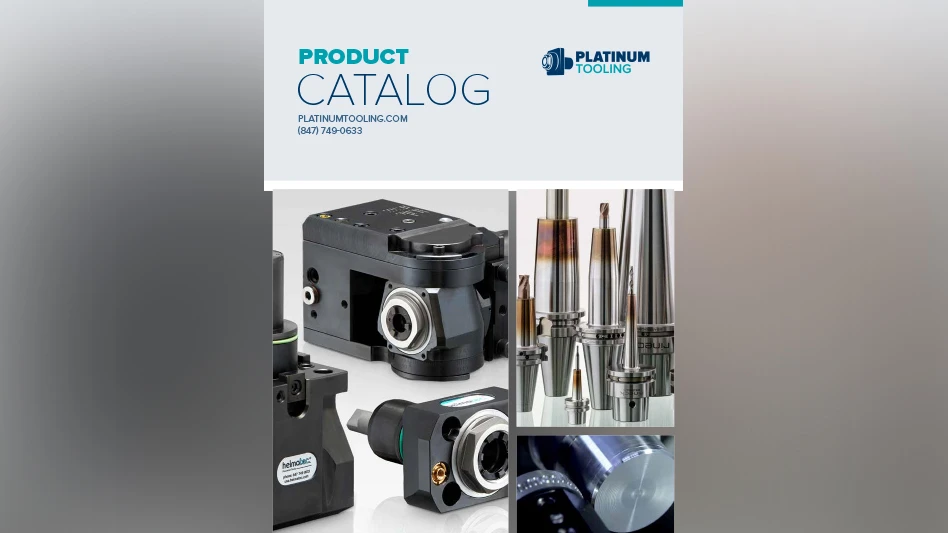
Nnicelabel/Loftware
Nearly one in five (21% in the US and 18% globally) of manufacturing IT directors say their organization’s IT infrastructure is entirely cloud-based today, while a further 45% in the US and 38% worldwide have moved most of their IT infrastructure to the cloud. Surprisingly, 13% only have little to no cloud integration. These are among the key findings of a recent survey commissioned by NiceLabel and carried out by Loftware, polling the views of IT directors across the globe.
However, eliminating issues around performance and legacy systems integration would spark a faster migration, with 62% in the US (and 50% globally) saying they would be ‘much more likely to move their applications to the cloud’ as a result.
Ken Moir VP Marketing, NiceLabel, said: “Both a lack of legacy systems integration and performance issues can be addressed by a modern cloud system. With regard to the former, when it comes to labeling, manufacturers need to integrate seamlessly in the cloud with other key industry platforms, including enterprise resource planning (ERP) and warehouse management systems (WMS). Cloud-to-cloud integrations can typically be done via Cloud APIs, whereas cloud-to-on-premise integrations require a proxy on-premise. The use of out-of-the box connectors for most major business systems can also help achieve a rapid integration with other platforms.”
“Manufacturers can also enhance performance levels for labeling in the cloud by using a printing application or integrating with a business system,” continued Moir. “Both these ’executables’ actually run on-premise utilizing local CPU processing power. This architecture provides the benefits of a cloud-based label management system combined with the performance of on-premise printing.”
Often, it is a simple understanding of the broader benefits of cloud that drive uptake. The survey shows that among the top reasons why manufacturers decided to use cloud solutions were better and easier global collaboration (37% in the US and 33% globally) and efficient traceability and tracking across the supply chain (both 30% in the US and globally).
According to Moir: “Vendors can also help to accelerate the move to the cloud for manufacturers through services teams doing discovery and building solutions that deliver best practices, and, from the perspective of labeling, through tools that help convert label templates from different providers. All this together helps significantly shorten migration time from months to weeks.”
The move to the cloud is part of a wider digital transformation. The survey finds that while there is a long way to go, many manufacturers plan to increase investment in major IT infrastructure. In fact, 80% of IT directors surveyed expect their organization to increase its investment in IT systems like ERP, MES and WMS by more than 25% over the next three years.
Latest from Today's Medical Developments
- Meet AEON: the future of humanoid robotics
- Okuma: Extraordinary Starts Where Limits End
- Revolutionize medical device maintenance with FUCHS NYEMED 7560
- #46 Lunch + Learn Podcast with SMW Autoblok
- Diagnosis: Workflow Inefficiency | Treatment: Okuma Robot Loader Series
- Discover the future of manufacturing at GROB's 5-AXIS LIVE!
- Revolutionizing quality control with Hexagon's Autonomous Metrology Suite
- Autocam Medical's $70 million expansion to boost orthopedic job creation





